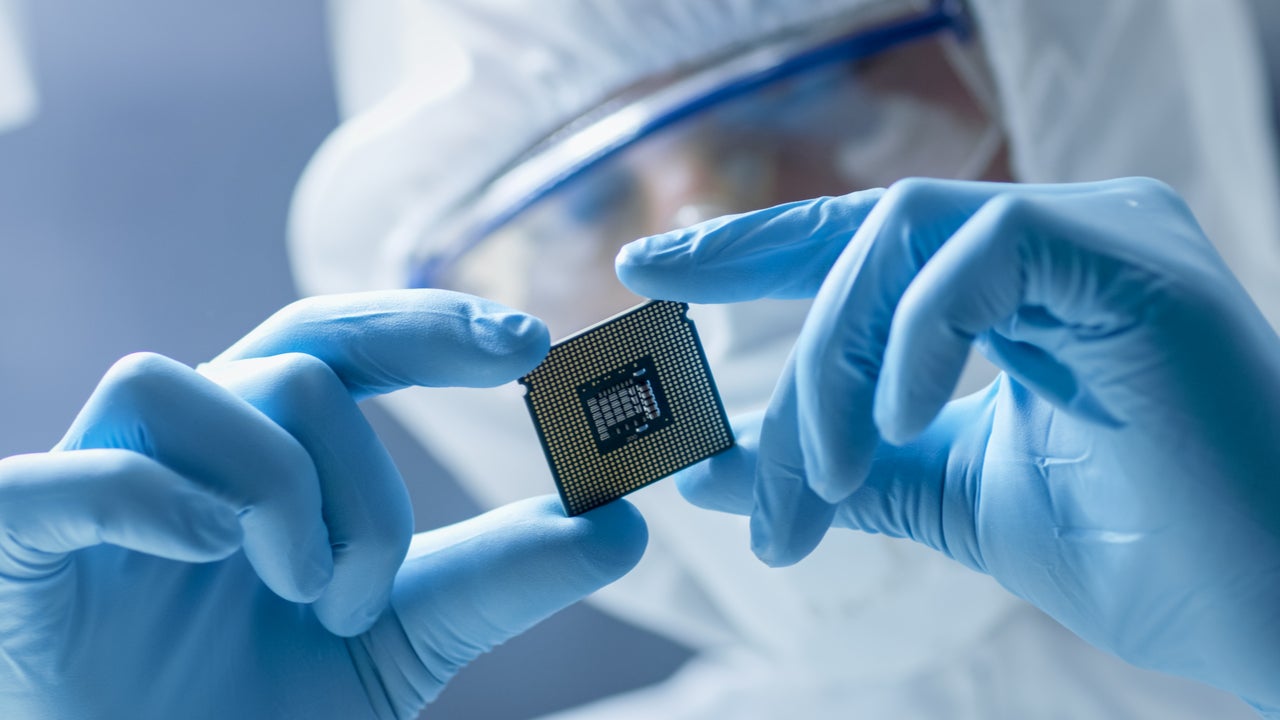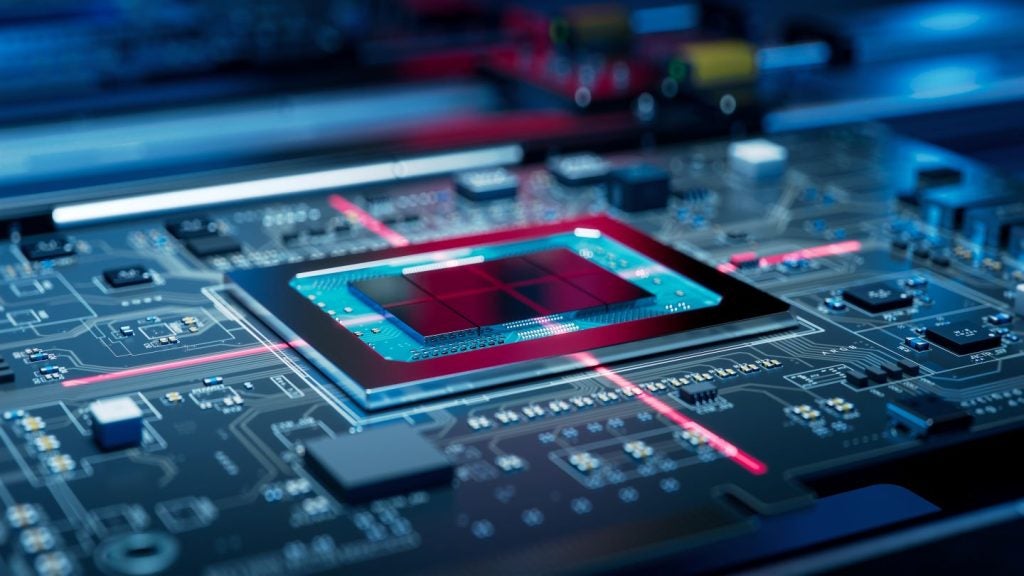
China focuses on 28nm and 14nm chips – core enablers of the internet of everything – 28nm chips form the dividing line between mid and high-end integrated circuit manufacturing. It is these and midrange and low-end chips that will cater for most of the future demand for chips as Artificial Intelligence (AI) features and functions are embedded in the rapidly growing population of more or less autonomous connected devices. These devices range from cars to smart traffic lights and companion robots to biomedical devices.
What capabilities that 28nm and lower end chips can’t satisfy, will be very largely be met using 14nm and 20nm technologies. 14nm stands a lot closer to 7nm technology in terms of performance than to 28nm, while involving much lower design and fabrication costs than 7nm.
For example, last year, in terms of speed and power draw, Intel’s 14nm Skylake desktop processors were not noticeably different from AMD’s 7nm Ryzen processors, despite the marketing hype around 7nm, while costing less to make.
Only a tiny fraction of downstream 5G applications will need anything more powerful than 14nm processors and support chips. The call will be for leading edge chipset designs, microcontroller-based systems, sensor fusion, advanced packaging and down the line third generation materials rather than the leading-edge fabrication of 7nm, let alone even thinner line width transistorised chips.
Meanwhile, the 5G enabled ‘internet of everything’ is forming rapidly to realise the spatial web by 2030. There will be over 11 billion enterprise IoT devices by 2024, according to GlobalData estimates. China is at least two years ahead of the US and the EU in terms of 5G deployment and has already put up an experimental 6G satellite.
Production of 28nm chips is being ramped up
Semiconductor Manufacturing International Corp (SMIC), China’s largest chip foundry, is front and center of China’s drive into the future, and it has been ramping up the production of critical 28nm chips since last year. Achieving scale at 28nm this year will be highly significant in the longer-term process of developing a more complete Chinese domestic semiconductor ecosystem, and in the drive to eliminate the need to outsource production to foreign foundries, most notably TSMC.
How well do you really know your competitors?
Access the most comprehensive Company Profiles on the market, powered by GlobalData. Save hours of research. Gain competitive edge.

Thank you!
Your download email will arrive shortly
Not ready to buy yet? Download a free sample
We are confident about the unique quality of our Company Profiles. However, we want you to make the most beneficial decision for your business, so we offer a free sample that you can download by submitting the below form
By GlobalDataNext year, equally significant, there will be a major ramp up of 14nm chips as well. In the absence of a matching homegrown alternative, SMIC uses ASML DUV (deep ultra-violet) lithography machines supported by specialist US equipment from Applied Materials, LAM and Tokyo Electron, and will continue to do so for the foreseeable future.
Free from dependence on US
However, a home grown 28nm DUV lithography machine is scheduled to spin up from Shanghai Microelectronic Equipment by the end of this year, and to be fabricating 48nm and 28nm chips for IoT devices on a proprietary Shanghai production line.
At SEMICON 21 in Shanghai in March, the company showed a scanner operating at 90nm. The management recently reported that improving yields at 48nm and 28nm remains a challenge, but SMEE technology now has the basic home-grown UV capability free of US IP to fabricate chips
It is too early to assess just how much of a game changer SMEE might prove to be and at what scale SMEE and other Chinese DUV machines may be operating by 2025 at down to 5nm. But SMEE has already defied expectations with its progress in a fiendishly difficult area of technology.
N+1 process technology
Meanwhile, in late March, SMIC clinched an on/off/on again contract with ASML to buy over $1 billion worth of DUV machines this year. SMIC, like other Chinese foundries, had been turning to the global second-hand market in UV machines and other production equipment such as etchers, vapor deposition and wafer inspection components.
ASML is still yielding to US pressure over EUV machines that would enable SMIC to move to 7nm and thinner like TSMC.
There are though signs within the EU to suggest that ASML, like the EU commission and leading EU companies such as Infineon and STMicro, is bridling against the US meddling in its affairs. After all, China is forecast to account for at least 40% of the global expansion in chip making capacity by 2030: a not to be missed market prospect for ASML, SMEE notwithstanding.
A similar dynamic is gathering force among specialist US suppliers of production equipment and EDA design tools since China accounts for over 50% of their revenues in some cases.
Next year, SMIC will be ramping up 14nm chips and in 2023 7nm chips. It is already into small batch production of the latter chips, which stand somewhere between 14nm and 7nm, with its N+1 process technology.
It has $12bn worth of capacity expansion projects underway with financial support from provincial governments in Shenzhen, Beijing and Shanghai. The primary focus will be on boosting 28nm output with due attention also being paid to 14nm and its 7nm version– the latter likely to see volume production by 2024.
It is a high probability that SMIC, plus half a dozen other Chinese foundries, will be able between them to make the vast bulk of the chips China needs by 2025 by meeting the rising demands from China’s growing base of fabless companies designing their own chips–these include Hi Silicon, Alibaba, Baidu, Tencent, Horizon Robotics, Cambricon, Xiaomi, Oppo and ByteDance.
The chips are down in the US sanctions poker game
The Chinese leadership assumes that America will continue to weaponize its core semiconductor IP to try and hold China back. In extremis, China may need to counter the threat of tougher US sanctions over the mid-term by closing vital Chinese markets to US companies, notably Apple, and/or by cutting off supplies of rare earths, industrial grade battery materials or APIs.
As Dr Handel Jones, the highly respected Founder/CEO of International Business Strategies, puts it: ‘’the Chinese are master strategists.’’
Washington faces the jagged problem that its political objectives collide with the huge importance to its domestic chip industry of continued and growing access to the Chinese market whether it’s Qualcomm, Applied Materials or Synopsys. Annual revenues of up to $100bn and up to 150,000 jobs are at stake as well as a vital source for R&D funding.
BCG and the SIA forecast that the global semiconductor industry will be more than twice its current size by 2030, with revenues of $1.4 trillion, and that China will account for 60% of this and build out 40% of the global growth in production capacity by then
As the decade unfolds and moves towards a post Moore world shaped by big data, AI and by new chip architectures, packaging and materials, China could emerge as the leader at the post Moore inflection point.
It has done so at previous technology inflection points. For example, it has achieved leadership in 5G, in high-speed trains, in quantum communications and in big data driven AI.
It certainly has the motivation, capital and human resource, magnetism to attract foreign talent, and sheer entrepreneurial energy and ingenuity to do so. It would be unwise to bet against it.







Related Company Profiles
Intel Corp
Synopsys Inc
Xiaomi Inc
Tencent Holdings Ltd
Qualcomm Inc